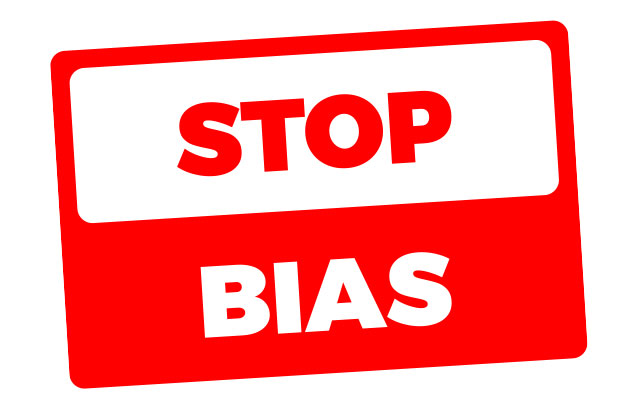
Written by Erinne Tripp
Have you ever gone through a painfully long and intense recruiting process only to turn around a few months later and realize that your new hire isn’t meeting expectations and appears to be a poor fit for the position, team and/or organization? How could this be? You properly screened resumes, conducted thorough interviews, checked references and still made a bad hire?
Unfortunately scenarios like this happen more often than we’d like at companies of all sizes. One of the main reasons is we tend to hire based on the skills and experience on a resume and the overall feeling that “I’d like to work with this person”, but unfortunately are unaware of or forget to consider the motivating needs and drives that dominate a person’s innate self which translates to how they perform.
I myself fell victim to this early in my career and often struggled to understand what made certain people work well together, while others were constantly butting heads and why a seemingly perfect candidate turned out to be an unsuccessful hire. “Why can’t there be a science to hiring”, I’ve asked too many times to count. If I had realized the importance of not only exploring experience, intelligence and skills, but also took a deeper look into the behavioral fit of each candidate (both role and cultural fit), I most likely would have saved a lot of time, effort and money.
Management tools used by MCG Partners such as the Predictive Index® (PI®), measure our motivating needs. If we leverage what motivates and drives us, we feel successful and fulfilled when these needs are met. On the flip side, these needs can also drive us to feel dissatisfied, unproductive and uncomfortable when they are not, therefore, we are not engaged. Understanding the motivational needs of the people you seek to hire as well as the needs of the people on the teams you already have in place (leadership included) is an important step to hiring the right people for each job and building successful, effective teams.
To help better explain, think about needs we all share. We all need food, sleep and water, but as individuals we also have many needs that aren’t shared, like the need for structure, social acceptance etc. For example:
- Person A may need a supportive, stable, structured, team oriented environment where they can build relationships quickly to feel fully motivated and comfortable.
- Person B may be more introspective, need to work independently, control his/her own activities and priorities and feels most productive when free from rigid structure or tight controls.
Both people may be extremely intelligent and have comparable skills and experience, but if placed in a job or environment that does not meet their individual needs, one or both people could find themselves unmotivated, stressed and unhappy with their role.
The same rings true when considering the relationship between a new hire and manager. If a manager is an introspective, individual thinker who needs structure, they will have a hard time managing a team member who craves social acceptance, likes to collaborate and thinks rules are just a suggestion, even if this person has the skills necessary to do the job. The question is how much can this manager adjust and for how long. Is it sustainable?
So the next time you are considering candidates for hire, managing performance, providing leadership coaching or assembling a team, remember the importance of behavior analytics and tools such as the Predictive Index (PI) that can help you understand what makes your candidates and workforce tick. I’ve learned from experience that it’s clearly not only intelligence, skills and the right background that will make an individual successful, but also the innate motivational needs of all involved and how they work together that will lead to success.








